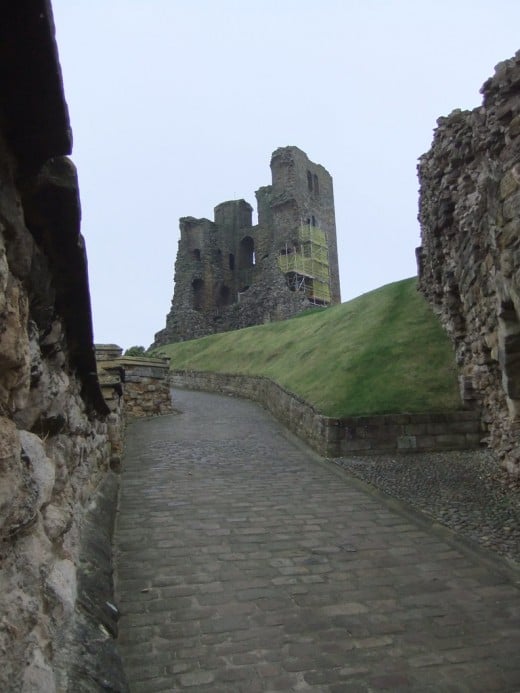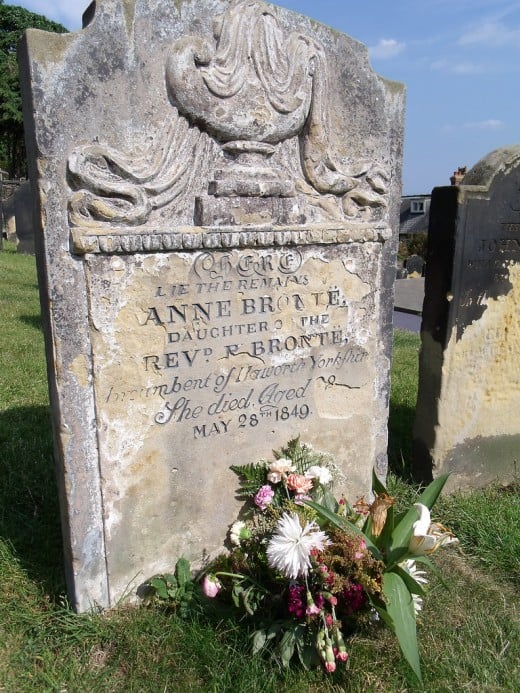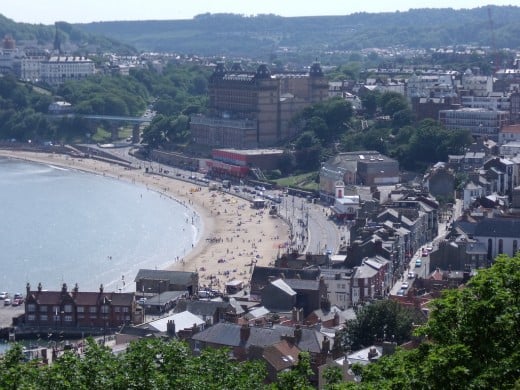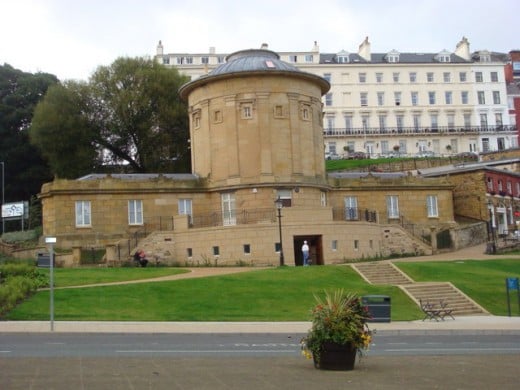- HubPages»
- Travel and Places»
- Visiting Europe»
- United Kingdom
Scarborough: A North Yorkshire Seaside Resort

The Early History of Scarborough
There was a settlement here in prehistoric times and the Romans established a signal station here in the 4th century as part of an early warning system against raiders from across the North Sea.
A massive castle was built on the Roman site in the 12th century, with a keep 80 feet high, plus outer walls and other towers. The castle faced many sieges in medieval times and was even targeted during World War I when it was shelled from the sea.
The town of Scarborough grew up between the castle cliff and South Bay harbour.
The narrow passageways known as The Bolts were flushed by the sea twice a day during the 12th and 13th centuries and thus served as hygienic public lavatories! However, after 1300 a new quay was built and The Bolts became dry alleyways.
The church of St Mary is medieval but suffered serious damage during the Civil War. The Victorian restoration was not to everyone’s taste. The writer Anne Bronte was buried in the churchyard.

A Spa Town
Scarborough became somewhere to visit after a mineral spring was discovered in the 1620s. Local medical “experts” managed to persuade people that the water – despite its foul taste – had powerful medicinal qualities and could cure a whole range of ailments. People who could afford to travel to the town and spend several weeks there did so in considerable numbers and created a social circle of the well-to-do, leading to the building of elegant hotels, assembly rooms and ballrooms.
One innovation that later spread elsewhere was sea bathing.
Victorian Development
Scarborough’s popularity grew considerably when the railway reached the town in 1848. Much of modern Scarborough is therefore a Victorian town, with its houses, hotels and terraced gardens. The Grand Hotel, which dominates the sea front on the south side, has 365 rooms on 12 floors.
The church of St Martin on the Hill is notable for its pre-Raphaelite work including stained glass by Edward Burne-Jones, Dante Gabriel Rossetti, William Morris and Ford Madox Brown.

Places to Visit
Other places worth a visit include Scarborough Art Gallery, housed in a villa built in 1845, and the Wood End Museum of natural history in what was once the home of the Sitwell family (Edith, Osbert and Sacheverel).
The Rotunda Museum of Geology was built in 1829 to the design of William Smith, who is regarded as the “Father of Geology”. His idea was to display fossils and other geological specimens in a gallery built to a spiral pattern so that they could be seen in relation to the geological strata in which they were found.








